One of the First Women Artists in the United States Harriet Hosmer was an American sculptor who emigrated to Rome at age 22 and became part of an expatriate community of American writers and artists, including a circle of prominent independent women. Hosmer was celebrated as one of our country’s most respected artists, and is credited with opening the field of sculpture to women. She worked primarily in marble, and the quality of her surviving work is extraordinary. Hosmer brought honor to both her country and her gender, proving that Americans can be sculptors and that a woman can handle a chisel as well as a palette and a brush. Her work was celebrated and drew thousands to galleries across…
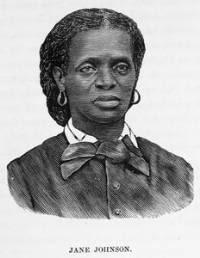
Jane Johnson
Slave Freed by Abolitionists in Philadelphia Jane Johnson (1820-1872) was a slave whose escape to freedom was the focus of precedent-setting legal cases in 19th century Philadelphia. Safeguarded by Philadelphia abolitionists after her escape in 1855, Johnson later settled in Boston. There she married, and sheltered other fugitives slaves. Her son Isaiah served in the American Civil War with the 55th Massachusetts Regiment, U.S. Colored Troops. Jane Johnson is believed to have been born into slavery as Jane Williams in or near Washington, DC, the daughter of John and Jane Williams; the exact year of her birth is unknown. Virtually nothing is known of her early life, which she presumably spent on Virginia plantations; it is believed that she lived…
Constance Fenimore Woolson
Pioneer Novelist and Short Story Writer Constance Fenimore Woolson (1840–1894) was a novelist and short story writer, and grandniece of James Fenimore Cooper, her mother’s uncle. The settings of her writing included what was then the frontier of the Great Lakes region, Florida and the Reconstruction South. Before she was forty Woolson lost almost everyone in her large family; she then moved to Europe where she lived and wrote for the rest of her life. Using her powers of keen observation, Woolson recorded both her natural surroundings and the customs of the people she encountered. She wrote travel sketches, poems and a children’s novel under the pseudonym Anne March, as well as a novella, four novels and more than fifty…
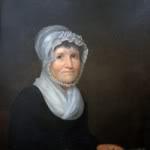
Isabella Graham
Scottish-American Educator and Philanthropist Isabella Marshall Graham (1742-1814) was a Scottish-born charity worker, educator and philanthropist who founded one of the earliest relief societies in the United States. She was one of the leading figures in the movement to provide assistance to the poor who were coming into American cities in search of work in the early days of the industrial revolution. Born in Lanarkshire, Scotland, on July 29, 1742, Isabella Marshall grew up on an estate at Eldersley near Paisley. An inheritance from her grandfather enabled her to attend boarding school for seven years, where she received an excellent education. At 17, she became a member of the Church of Scotland under the ministry of Dr. John Witherspoon, later…
Lucy Larcom
One of the First Lowell Mill Girls Lucy Larcom (1824–1893) was an American poet and one of the Lowell Mill girls. Although Larcom was a well-published poet in her lifetime, she is best known today for writing A New England Girlhood (1889). This autobiography is a classic book about the age of industrialization and her role in it as a textile mill worker in Lowell, Massachusetts – beginning at age eleven. Lucy Larcom was born on March 5, 1824 in the coastal village of Beverly, Massachusetts, the ninth of ten children born to Benjamin and Lois Barrett Larcom. Lucy’s life was greatly affected when her father, a retired sea captain, died when she was eight. The fate of widows with…
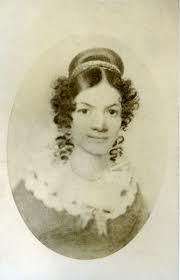
Jane Johnston Schoolcraft
Native American Author and Poet Jane Johnston Schoolcraft (1800-1842) was the first Native American literary writer. She was also the first known Indian woman writer, the first known American Indian poet and the first known poet to write poems in a Native American language. Now, critics speculate about the extent to which Jane also contributed to her husband’s writings, for which she was rarely given credit. So pensively joyful, so humbly sublime – this final line of her poem “Pensive Hours” aptly describes Schoolcraft’s writing. Childhood and Early Years Jane Johnston Schoolcraft was born on January 31, 1800 in Sault Ste. Marie in the upper peninsula of what is now the state of Michigan. Her Ojibwe name was Bamewawagezhikaquay, which…
Elizabeth Peabody
Founder of the First Public Kindergarten Elizabeth Peabody (1804–1894), the oldest of the three Peabody sisters of Salem, was one of the most important women of her time. She was an educator and education reformer who opened the first kindergarten in the United States. Long before most teachers, Peabody embraced the premise that children’s play has intrinsic developmental and educational value. Her sisters were painter Sophia Peabody Hawthorne, wife of author Nathaniel Hawthorne and writer Mary Peabody Mann, wife of educator Horace Mann. Elizabeth Peabody spent her early years in Salem, Massachusetts, and was drawn to the world of education and ideas early in life. Peabody was born in Billerica, Massachusetts on May 16, 1804, the daughter of Nathaniel and…
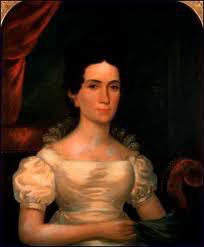
Letitia Tyler
10th First Lady of the United States Letitia Tyler (1790–1842), first wife of President John Tyler, was First Lady from April 4, 1841 until her death on September 10, 1842. After giving birth to eight children in fifteen years, Letitia Tyler suffered a stroke, which left her unable to walk. Yet her poor physical health did not prevent her from overseeing her family’s successful Virginia plantation and raising their children. In fact, it was Letitia’s success in these roles throughout their married life that allowed John Tyler to pursue his political ambitions full time. Childhood and Early Years Letitia Christian was born on November 12, 1790 on a Tidewater Virginia plantation named Cedar Grove in New Kent County, about twenty…
Lydia Pinkham
Businesswoman and Feminist in the Civil War Era Lydia Pinkham concocted a patent medicine tonic – Lydia Pinkham’s Vegetable Compound – to treat menstrual and menopausal symptoms. She began selling her home-brewed herbal remedy to make ends meet after her wealthy husband went bankrupt, and developed a patent medicine empire. In an age when women were second-class citizens, Lydia Pinkham not only succeeded in a man’s world, she was one of the most successful American businesswomen of the 19th century. In the field of marketing, she is considered a pioneer and an innovater. Lydia Estes was born February 9, 1819 in Lynn, Massachusetts, the tenth of the twelve children of William and Rebecca Estes, radical Quakers. William Estes was a…
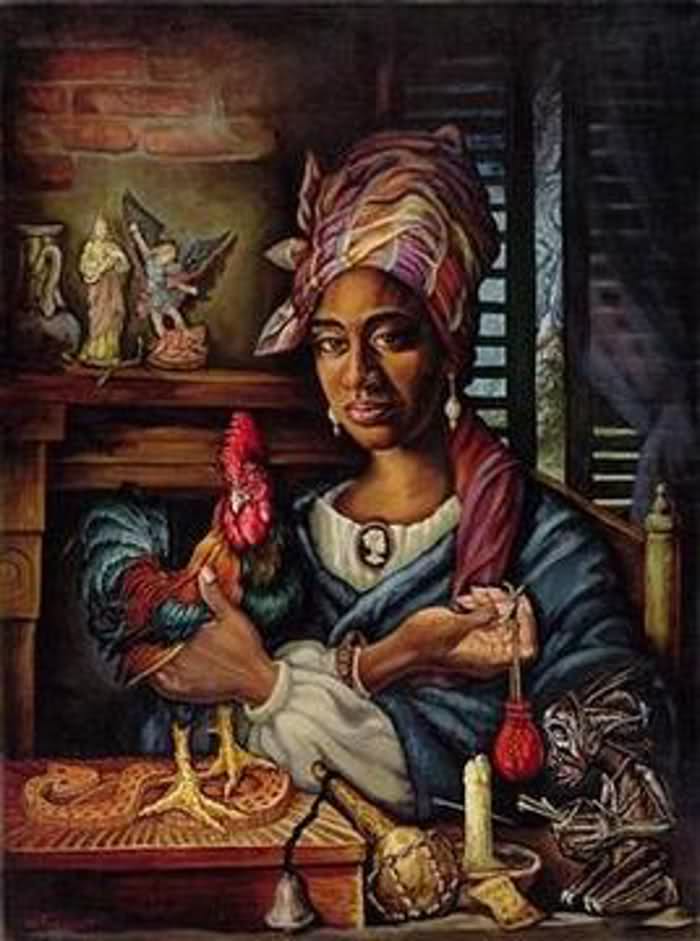
Marie Laveau
Voodoo Queen of New Orleans Marie Laveau (1794–1881) was a Louisiana Creole: descended from the colonial white settlers, black slaves and free people of color of southern Louisiana. For several decades this ‘Voodoo Queen’ held New Orleans spellbound. She staged ceremonies in which participants became possessed by loas (Voodoo spirits); she dispensed charms and potions, even saving several condemned men from the gallows; told fortunes and healed the sick. The first white settlers of Louisiana were French, usually the second born sons of aristocrats who left France to seek adventure in the New World. These Frenchmen came to be called Creole, and made up the upper crust of New Orleans. The word was later used to refer to white Frenchmen…